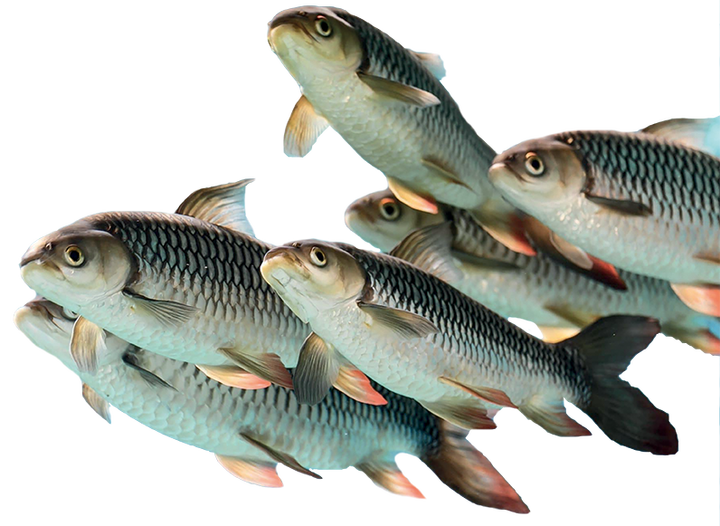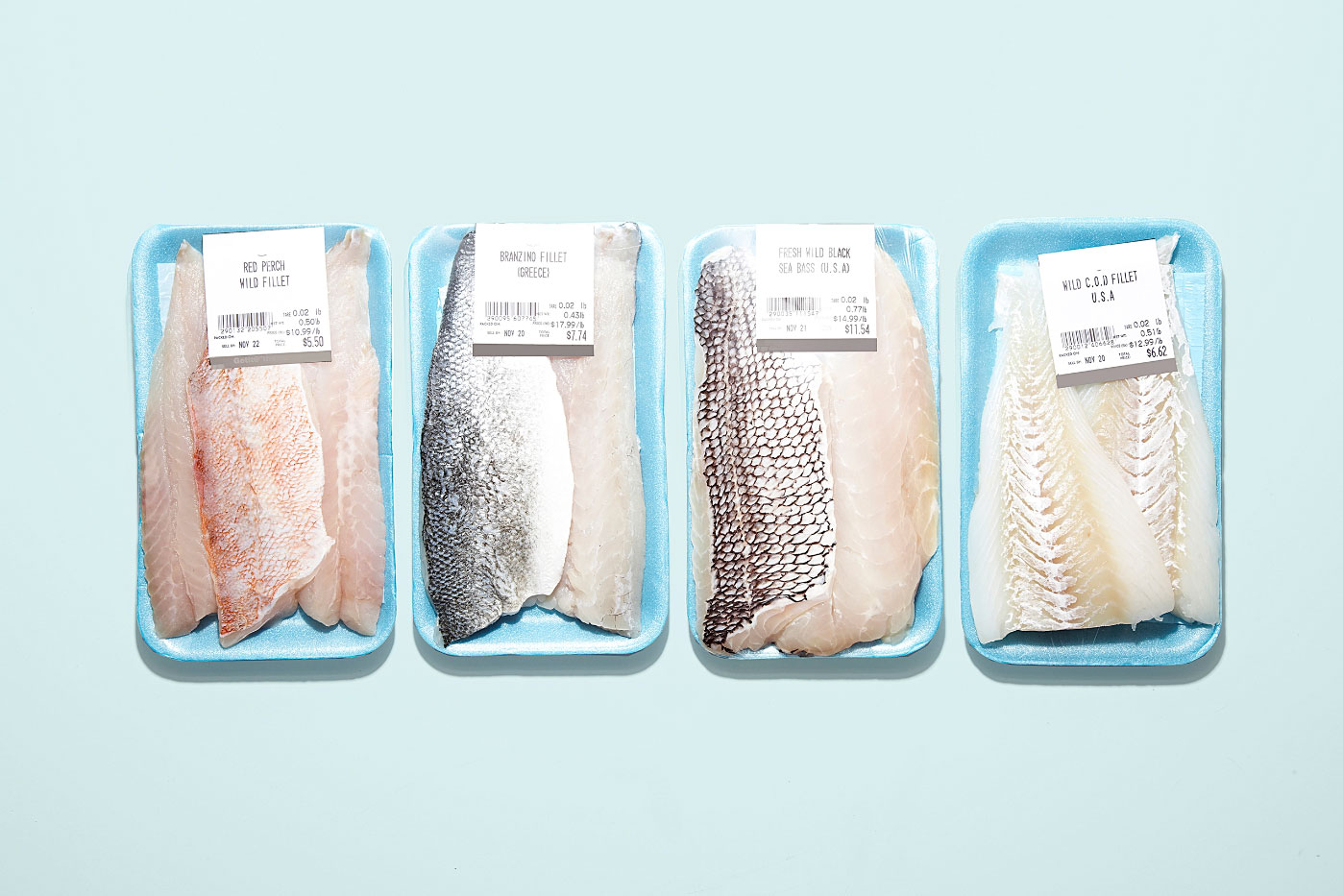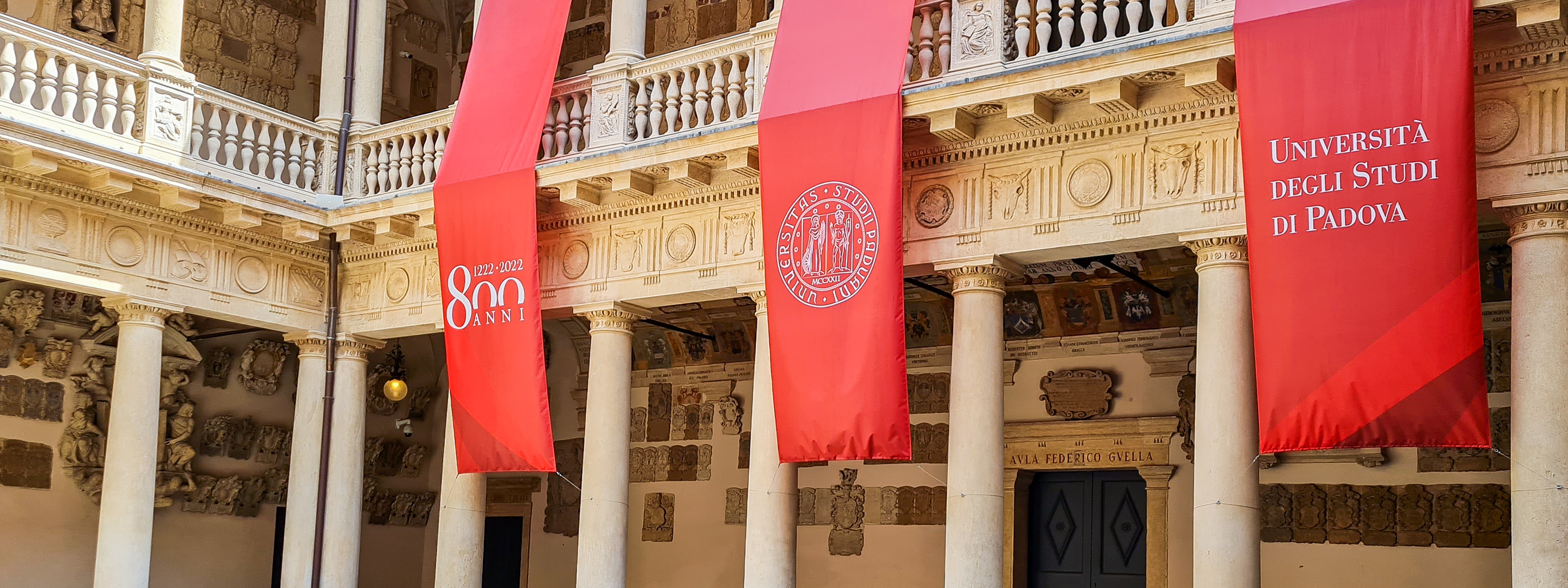Researchers



“Authenticated Chain with a Technological, Ecological and Rapid System (FASTER)” is the winning project for the “Farm-to-Fork Resilience” section of the CALL4IDEAS 2022 launched by Smact Competence Center. Many universities and research centers from Veneto, Friuli Venezia Giulia and Trentino Alto Adige had submitted their project proposals for applied research innovation. The project FASTER has been presented by a research team from the Department of Comparative Biomedicine and Food Science of the University of Padua (Italy) and uses NIR spectroscopy to assess the preservation state and the authenticity of food products in real time. Tks Publisher interviewed two members of the winning team: Dr. Sarah Currò and Dr. Stefania Balzan.
Your project “FASTER” exploits NIR spectroscopy to verify, in real time, the preservation status of a food product, without the destruction of the product. Can you tell us a few words about it? How does it work?
The outcome obtained by the technology involved in the FASTER project is based on the interaction between the electromagnetic wave of the Near InfraRed (NIR) range spectrum (700-2500 nm) with the organic matter. In particular, this approach takes advantage by the light absorption of bonds (C-H, O-H, N-H) of the main components in foods such as protein, carbohydrate, fat and water. Nowadays, NIR spectroscopy is widely applied in the global agri-food industry for the non-destructive assessment of both the compositional and physical characteristics of raw materials and finished products. In detail, in few seconds of analysis, we acquire a specific fingerprint of the product investigated to obtain qualitative or quantitative information useful for consumers, food business operators and control authorities. Moreover, this method is green because does not require the use of reagents, or personnel skilled to perform the analysis. However, a chemometric approach to get a robust model of analysis is essential.
You envision to use it as a tool for the fresh fish supply chain. Do you already have any industrial partnerships? Will you have other applications besides the fish market, e.g., plant-based products?
Our research "came out of the lab" thanks to a grant received through an Interreg ADRION /OIS-AIR in 2019. This has enabled the development of important collaboration with SMEs in the fish industry and the increased Technology readiness levels (TRL) from a step of technology validated in the lab (TRL 4) to a step of technology validated in a relevant environment (TRL 5).
Every agri-food product can be analysed using NIRS technology for analytical or qualitative purposes. In our recent projects in collaboration with other research groups, we applied NIRS technology to predict some quality parameters of commercial fair-trade cocoa bean samples originating from different countries of America and Africa. This study offers the possibility to evaluate the quality of cocoa beans to address the product to specific processes (cocoa powder, cream, butter) to enhance the functionality and quality properties of the finished product, supporting the whole cocoa industry sector. We are open to new industrial partnerships to increase the robustness and enlarge the application of this research field.


The traceability of the entire food production process is currently a very hot topic. Do you think this technology could find applications throughout the entire food supply chain and be integrated into a broader context of block chain?
Food traceability is an aspect very crucial for food business operators, control inspectors and consumers. We have proposed this approach to check and prove the product authenticity in the fishery supply chain being one of the most frauded food sectors. Currently, fish authenticity is exclusively based on paper-based documents, that can be easily falsified by dishonest distributors and final fish retailers for economic gain, undermining consumers’ confidence in the fish industry and the effectiveness of the government’s food control programme. Due to the simplicity of NIRS application in every phase of the supply chain, this technology can be integrated into portable or in benchtop devices and could be associated with blockchain technology, supporting the product quality evaluation and authenticity by using the support spectrum fingerprinting of a product.
What have been the greatest challenges associated to the FASTER project? What are the future perspectives?
This technique helps to speed up the transition to a food system with a reduced environmental impact, which sustainability and speed are the foundations of the technique that aims at progress to combat illegal exploitation of marine resources and fraud (blue economy) along the supply chain contributing to food safety and protection of consumer and of business. The greatest challenge is the possibility to collect a very large number of NIR spectra (samples) to understand the most important sources of variability (e.g. due to individual, environment, method of fishing, processing, storage, transport, etc.). This solution reduces the possibility of error and continuously improves the performance of the method, providing ever greater assurance to stakeholders. The FASTER project represents a reliable method to verify and guarantee the authenticity and quality of food products without altering their integrity, in real-time and in every single phase of the supply fishery chain “from sea to fork”.
“Enabling healthy and nutritious foods for people and planet”
Can you tell us more in general about your scientific projects and your research group in Padua? Do you have other applied research projects?
The general aim of the FASTER project is to implement advanced analytical technology in providing real-time characterization and authentication of fish products by origin, status and production chain. NIRS is successfully applied in different food supply chains; however, currently, the development of a methodological approach to implement the traceability paths of the fish product is very limited, thus FASTER project aims to fill such gap. In collaboration with other groups, other applied research concerns the use of by-products of the food industry (e.g. polyphenols from olive mill wastewaters) as alternatives to food additives in fresh, prepared, cured and processed products (e.g. meat and meat products, fish and fish-product) to improve safety and shelf-life due to the antimicrobial and antioxidant effects of the compounds used.

References and notes
- Arenas-Jal M, Suñé-Negre JM, Pérez-Lozano P, García-Montoya E. Trends in the food and sports nutrition industry: A review. Critical Reviews in Food Science and Nutrition. 2020;60(14):2405-21.
- Angus A. Top 10 Global Consumer Trends for 2018: Emerging Forces Shaping Consumer Behaviour: Euromonitor International; 2018 (Available from: https://tourismaccommodation.com.au/wp-content/uploads/2018/03/Top10-Global-consumer-trends-for2018.pdf.
- Labrecque LavdE, Jonas and Mathwick, Charla and Novak, Thomas and Hofacker, Charles. Consumer Power: Evolution in the Digital Age. Journal of Interactive Marketing 2013;27.
- Dunford M. Fundamentals of Sport and Exercise Nutrition 2010.
- Galaz GA. Chapter 20 - An Overview on the History of Sports Nutrition Beverages. In: Bagchi D, Nair S, Sen CK, editors. Nutrition and Enhanced Sports Performance. San Diego: Academic Press; 2013. p. 205-10.
- Bird SP. Creatine supplementation and exercise performance: a brief review. J Sports Sci Med. 2003;2(4):123-32.
- Schofield L. Vitamin Retailer The Dietary Supplement Industry Leading Magazine 2022 (Available from: https://vitaminretailer.com/activating-your-fitness-nutrition-department/.
- Newman JI, Xue H, Watanabe NM, Yan G, McLeod CM. Gaming Gone Viral: An Analysis of the Emerging Esports Narrative Economy. Communication & Sport. 2020:2167479520961036.
- Tartar JL, Kalman D, Hewlings S. A Prospective Study Evaluating the Effects of a Nutritional Supplement Intervention on Cognition, Mood States, and Mental Performance in Video Gamers. Nutrients. 2019;11(10).
